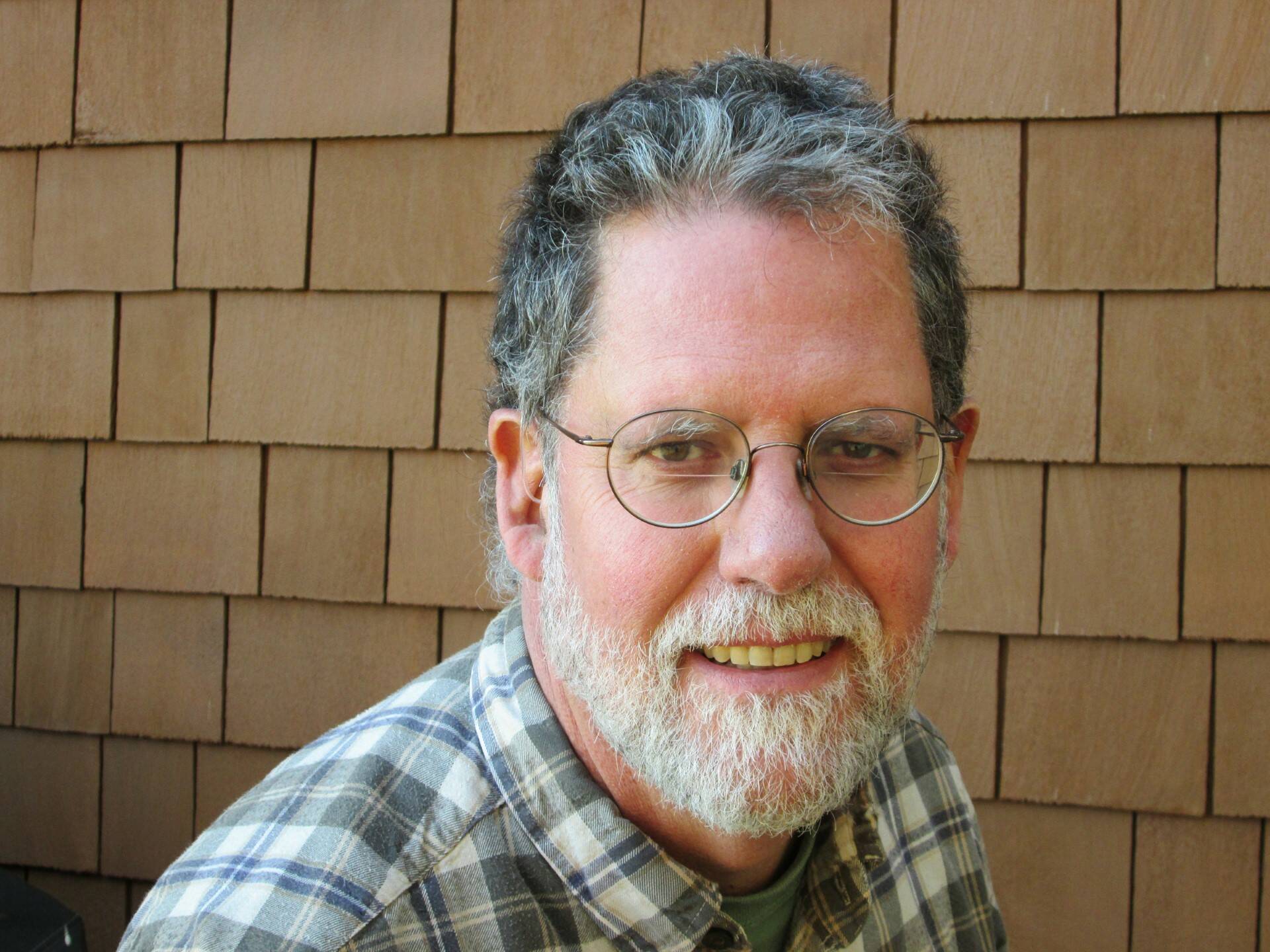Like generations of islanders before him, Boyd Pratt was working on his and his wife’s farm. Pratt, as he toiled, thought about the Pig War. Why was there a loose pig in a potato patch? Who were these people raising pigs and growing potatoes? What does that tell us about who we are and how we got to where we are today?
He is launching his fourth book, “Disputed Islands” after years of research tackling these questions. He will be reading from the book March 22 at 6 p.m. at the Grange.
“I try to look at history with a purpose. It isn’t one thing after another. It’s looking at a viewpoint and seeing what you see there,” Pratt said. Zeroing in on the infamous Pig War then, he began drafting the book twenty years ago. While the questions and ideas continued to bounce around his head, he wrote three other books; “Lime; Quarrying and Limemaking in the San Juan Islands,” “Island Farming: History and Landscape of Agriculture in the San Juan Islands” and “Island Fishing: History and Seascape of Marine Harvesting in the San Juan Islands amid the Salish Sea.” Each one of those three is centered on a topic and follows a chronological timeline from past to present.
“The Disputed Islands” steps out of that format and is centered around one incident through multiple perspectives. One of the perspectives is that of the Coast Salish women.
“Three-quarters of [old island families] were corst culture; Euro-American and Indigenous. This was important in terms of getting along, as well as gaining knowledge from Coast Salish women,” Pratt explained. Coast Salish women knew how and what to harvest, being descendants of peoples who had lived in the San Juans for millennia. Through their kin, they also had important trade connections. What does this have to do with a loose pig in a potato patch?
The Coast Salish, Pratt said, are typically depicted as hunters and gathers in the area. What often is not talked about is that they lied and cultivated throughout the islands as well. “I realized in writing the book on farming that the Coast Salish cultivated here. They raised woolly dogs for example. These dogs were sequestered on outer islands so they would not mix with other dogs. The Coast Salish sheared them and used their wool for blankets. They also grew camas.When Euro-Americans brought potatoes, according to Pratt, Coast Salish women began growing them, due to the similarity to the native camas bulbs.
American Lyman Cutlar, who shot the pig, was married to a Coast Salish woman, and the couple had a child together. Pratt said it isn’t a stretch to believe that the potato patch was actually his wife’s.
The pig was owned by Charles Griffin, who ran the sheep ranch for the British-owned Hudson Bay Company and was high within their ranks. When his pig was shot, he immediately contacted higher-ranking official Sir James Douglas, who lived in Victoria and later became Governor of British Columbia. Douglas did not hesitate to send troops, and the Americans responded by sending troops of their own.
The islands at the time were called the disputed islands, but this was not been the first or last time they have been disputed. Controversies have broken out among locals as long as there have been neighbors.
“By looking closely at this short period of time, seeing if we can look at our current landscape and see how we evolved or what we learned, how we can get along, be kind to one another and be good neighbors,” Pratt said, reiterating John Brinckerhoff Jackson’s quote, “The beauty that we see in the vernacular landscape is the image of our common humanity: hard work, stubborn hope, and mutual forbearance striving to be love.”



